Over at Quill and Pad, my favourite watch magazine, they’ve been looking at ways to spot a fake watch. Six good ways, in fact.
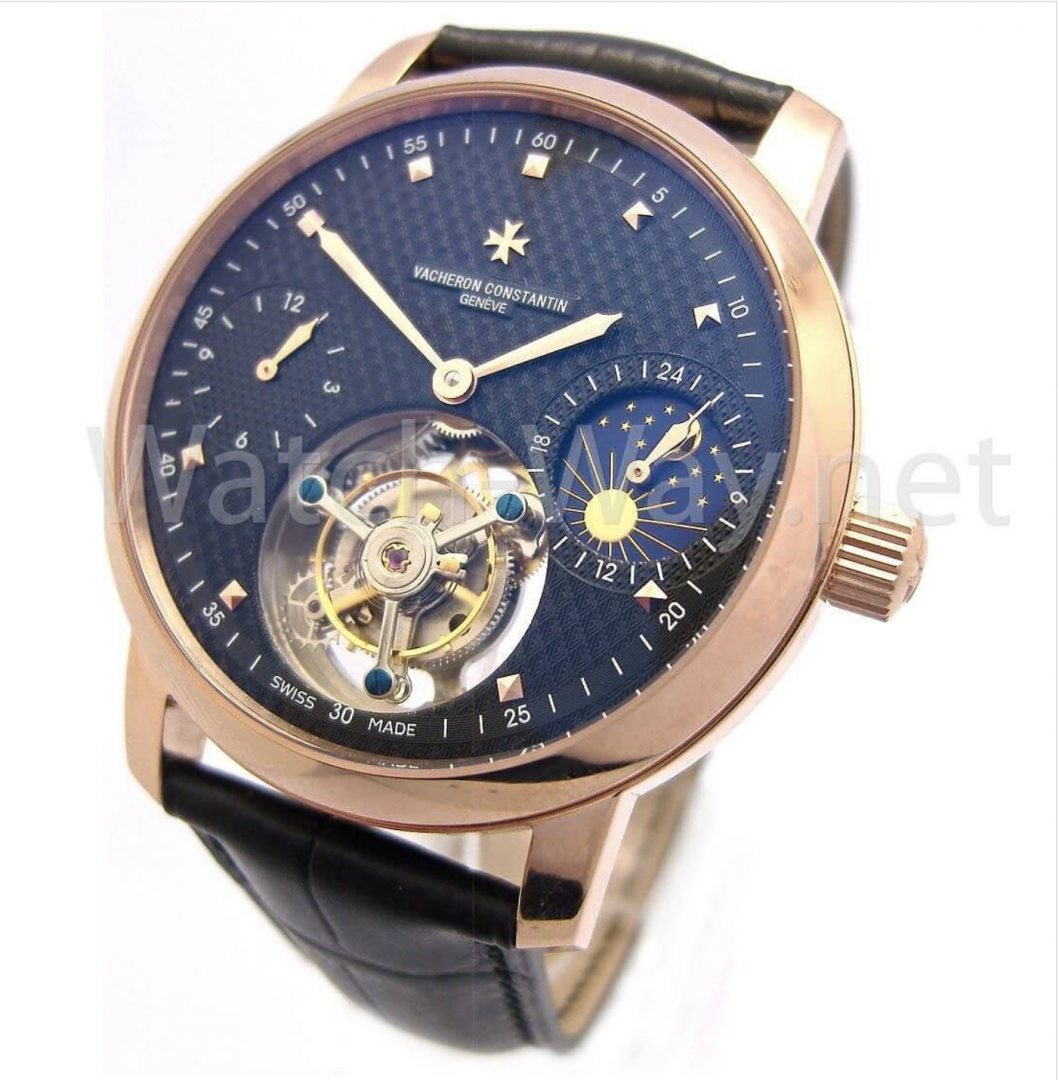
Now as I know from personal experience, spotting a fake watch isn’t always as easy as it seems. The layman knows instinctively that he could tell a fake Rolex or a Panerai from the genuine article. But he could be so wrong, so good have these fakes become. If you are in the market for an exclusive Swiss watch, definitely bear in mind the old legal maxim of caveat emptor.
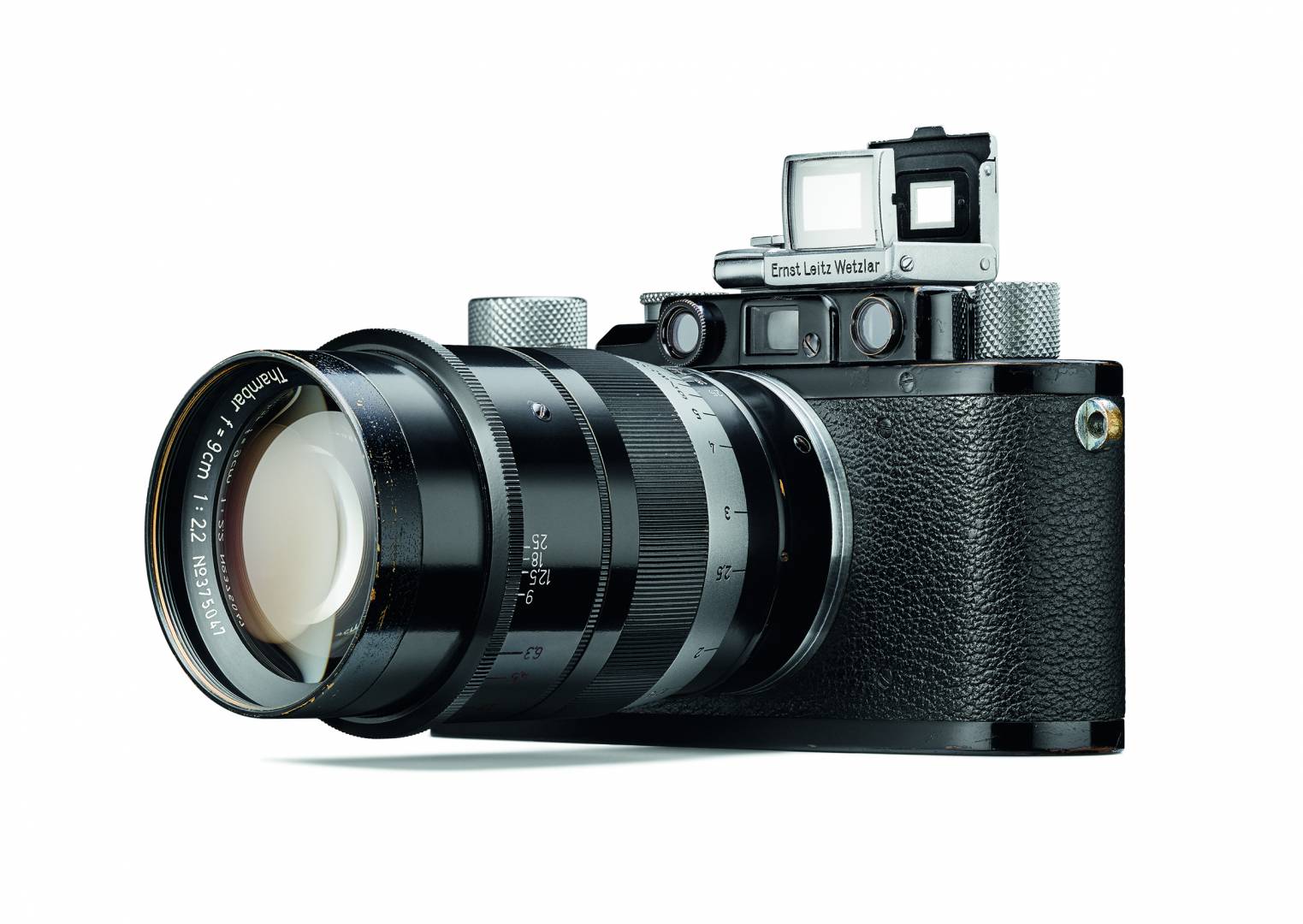
Immune?
Fortunately, in the modern world of digital cameras, we appear to be immune from fakery. In fact, I cannot think of any instance of a fake digital Leica, Canon or Nikon digital. Let me know if I’m wrong on this.
It wasn’t always so. In the early days of Leica fakes were common, quite apart from the Russian cameras which were copied but not misbranded. In the Leica collector world even a few details changed on a run-of-the-mill film Leica can add hundreds to its value. Conversely, early cameras that have been updated officially by the factory, can now command less money than the original, unchanged camera.
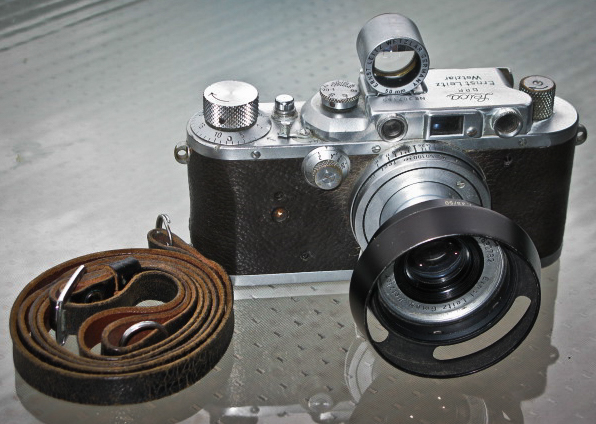
Our contributor William Fagan, who has a vast knowledge of the early Leica world, tells me that there are two main categories to beware of — fakes, where a camera purports to be a Leica and copies where a camera may look like a Leica but carries the name of another manufacturer.
Reichsadler
He goes on to mention that a major area of fakery is in relation to military cameras which often fetch a premium, if genuine. There are some obvious ones to avoid, such as those with swastikas and eagles (the Reichsadler). Others are less easy to spot, such as those with the initials W.H. (Wehrmacht Heer) or “Luftwaffen Eigentum” (property of the Luftwaffe). They are relatively easy to fake, using a genuine period camera. There are lists of serial numbers of military cameras but William’s advice is to seek the opinion of an expert.
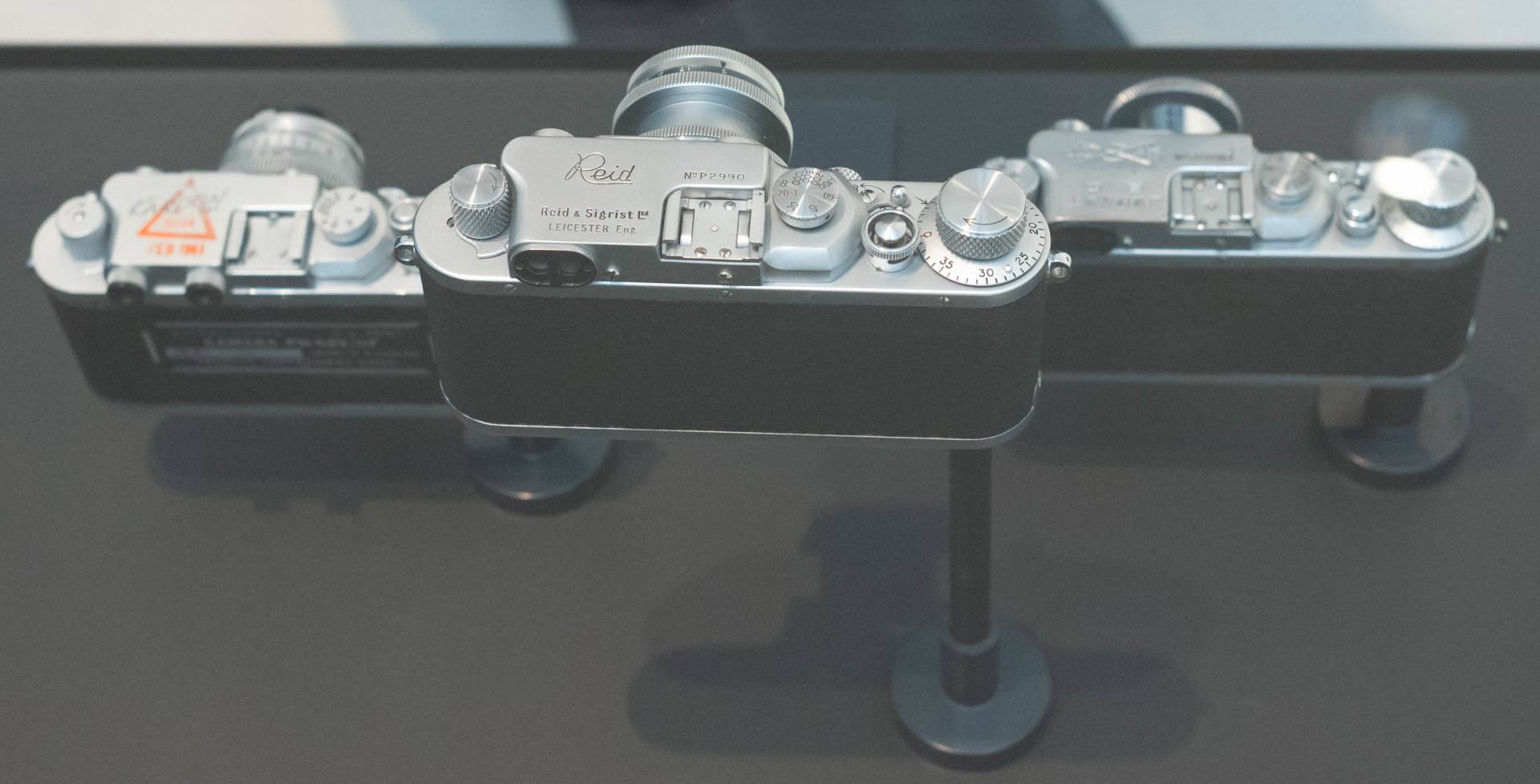
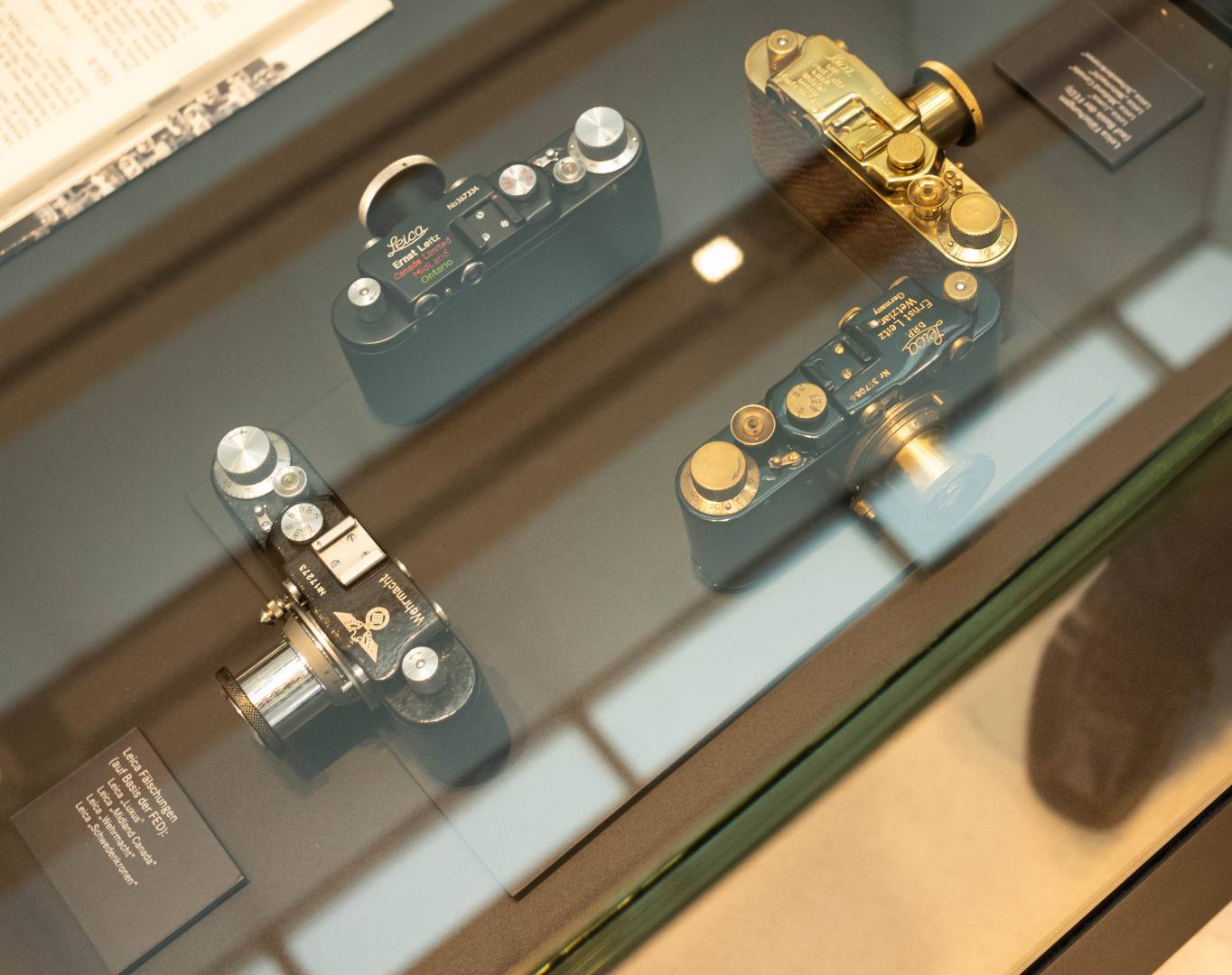
Repaint jobs
The final category, according to William, relates to tarted up or repainted cameras. A very common one is a black-paint camera that was originally produced in a chrome finish. They can look good. But most collectors, including William, seek the holy grail of “original condition” whereas a lot of people like cameras with shiny black paint and don’t mind the fact that it isn’t genuine. William sums up:
The real issue here is that paying too much might result in quite a shock if the owner ever tries to sell the camera. There is nothing wrong with cameras that were upgraded many years ago by Leica and which may carry the serial number of an earlier model.
But Purchasers should bear in mind that the valuation of the later model would apply rather than the value of the earlier model. That means that the camera would be worth less than one which had not been upgraded. In collecting as opposed to buying today’s cameras the ‘older the more valuable’ rule applies. The early serial number might fetch a small premium, but no mare than that.
Unless you know what you are doing, buying an early Leica that is considered special and therefore more expensive than lesser versions, is not something to do without advice. Auction sites such as eBay are fertile sales territory for the dodgy Leica.
If you wish to start collecting film Leicas there is plenty of advice to be found on the internet and in a wide range of books and catalogues. That said, the safest option is to buy from a reputable dealer such as MW Classic Cameras or Peter Loy. Both are on-line dealers but one of the finest displays of old Leicas in a retail environment can be found at Red Dot Cameras in London.

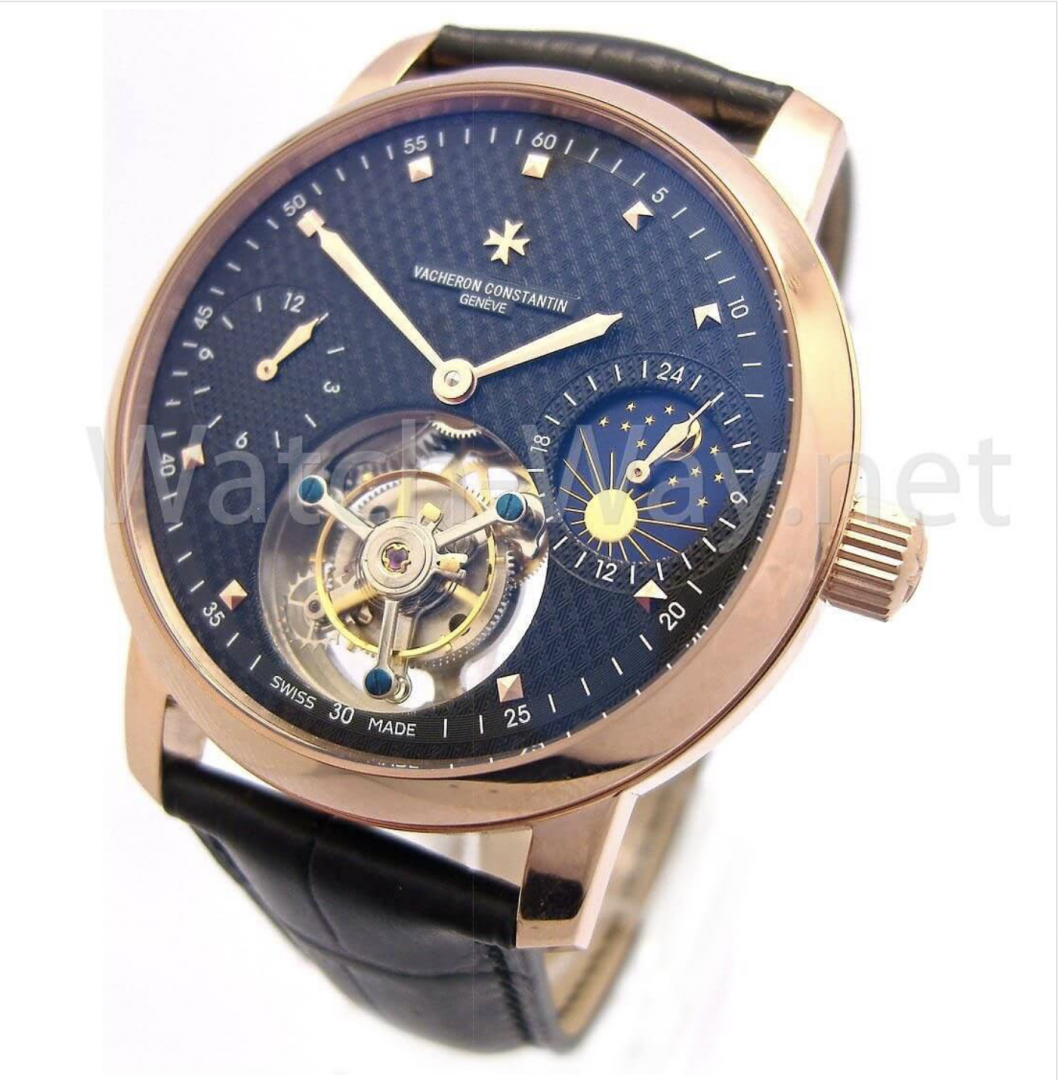
I’ve heard the Reids were better made and worth more than a Leica.
The current Amateur Photographer has an article on fake Leicas.
The Reids were superbly made and I have heard many people say that they are better than contemporary Leicas. They are relatively rare, so that could have a bearing on the value. I hadn’t seen the latest AP but I have now had a look. The article is by John Wade of the Photographic Collectors’ Club, a noted authority on vintage cameras. I would have attached a link but, since this is in the current issue, it isn’t available on the web site. It makes a good read.
Reids are well made, but are inclined to have issues and getting parts for them is very difficult. I have just had my Reid IIIa repaired with a bit ingenuity from my local CLA man and I will test it soon with a roll of film. I have seen the article by John Wade and it covers a lot of the essentials and has lovely illustrations. I am planning a wider article covering a much broader area of ‘fakes’ and ‘copies’ including repainted cameras (some people don’t mind this, but ‘real collectors’ always want cameras in original condition), prototypes, works cameras and military cameras, which is where one needs to be very careful. Spotting Soviet fakes is easy by comparison to some of the other categories. The main thing is to seek advice when in doubt, particularly if you are relatively inexperienced at collecting old Leicas and if the price is higher than you would normally pay.
William
Thanks for your kind words, Mike. The first of my photos above shows ‘copies’, Reid, Kardon etc and the second shows FSU (Former Soviet Union) ‘fakes’ with military insignia etc. It may surprise some to know that both types sit in the hallway of Leica AG HQ in Wetzlar and will probably find their way into the Leica Museum when it opens next year. One point worth noting is that the FSU copies tend to have a triangular rangefinder cam whereas it is always round on a Leica (think balalaika v banjo). The best advice, though, is to talk to an expert. In the UK, Malcolm Taylor, Ivor Cooper and Peter Loy spring to mind and, of course, in the US you have Jim Lager and back home in Wetzlar Lars Netopil is extremely helpful.
William